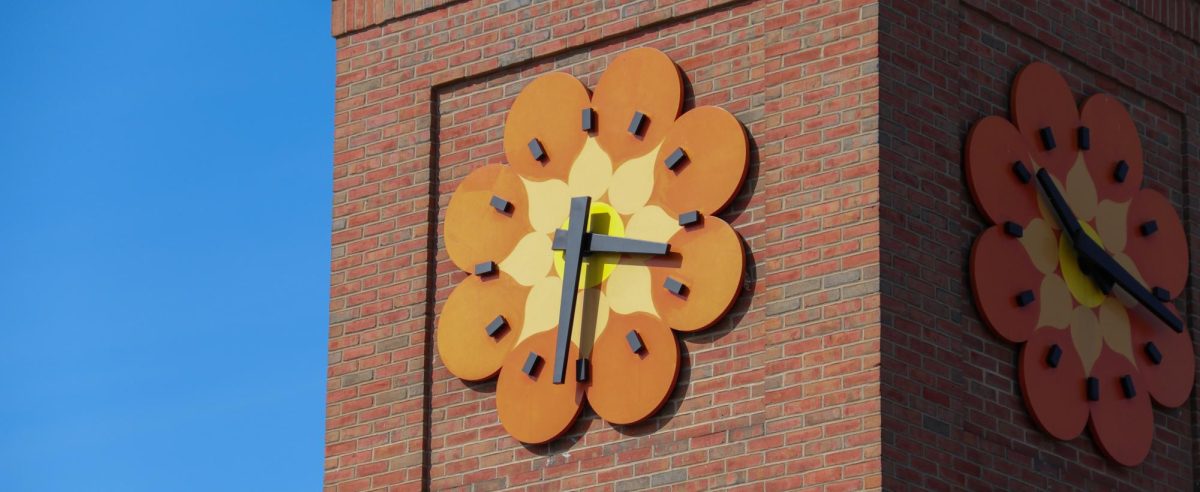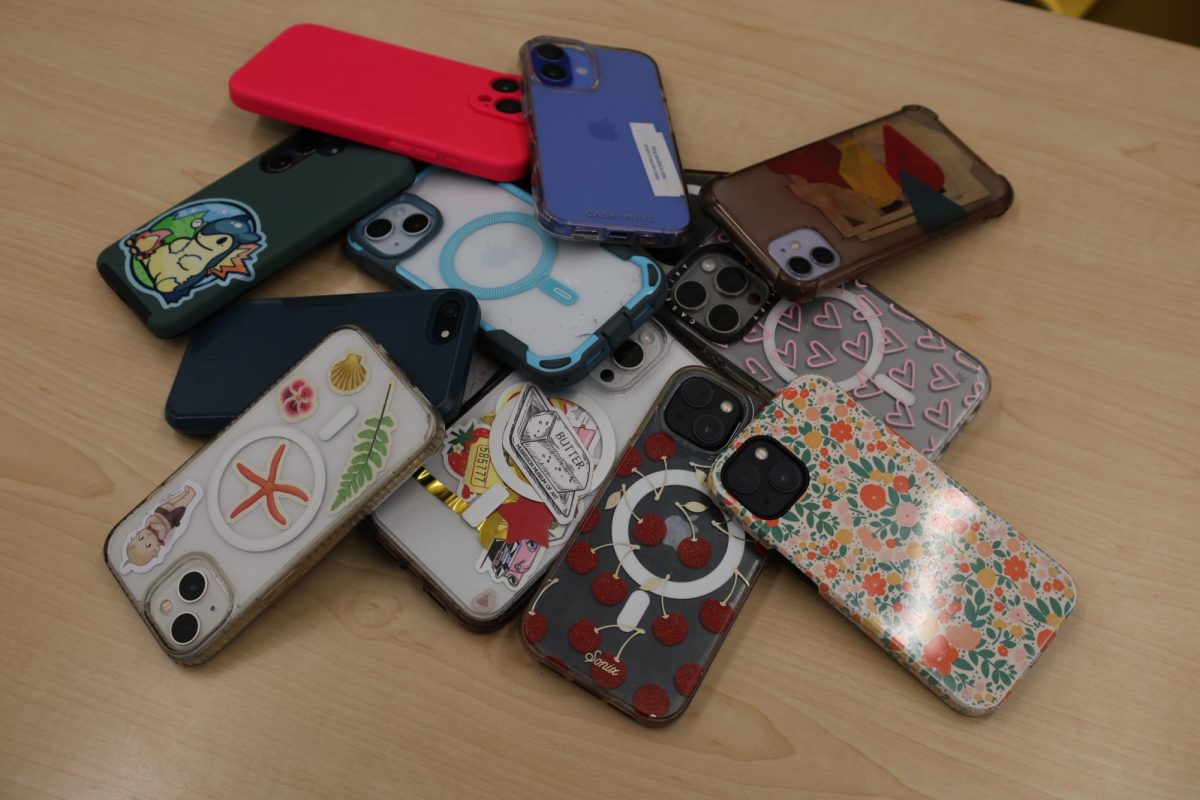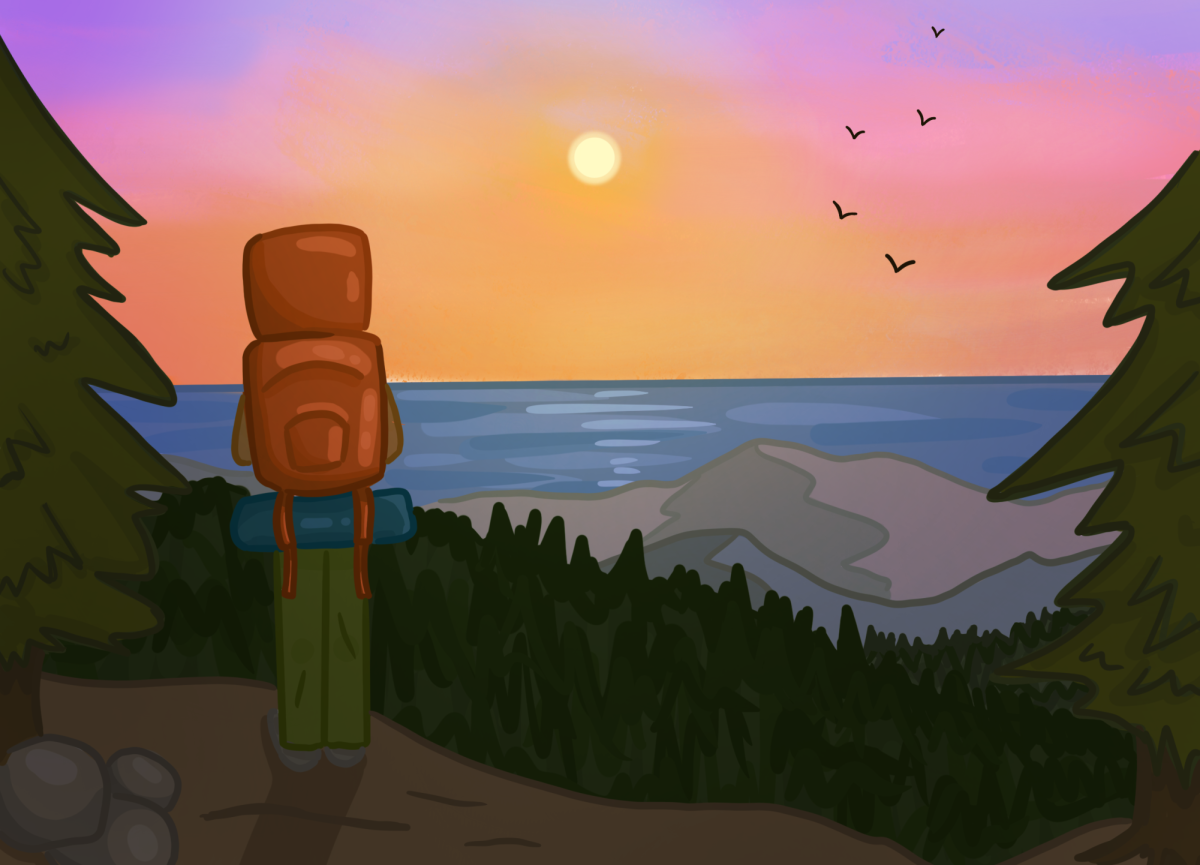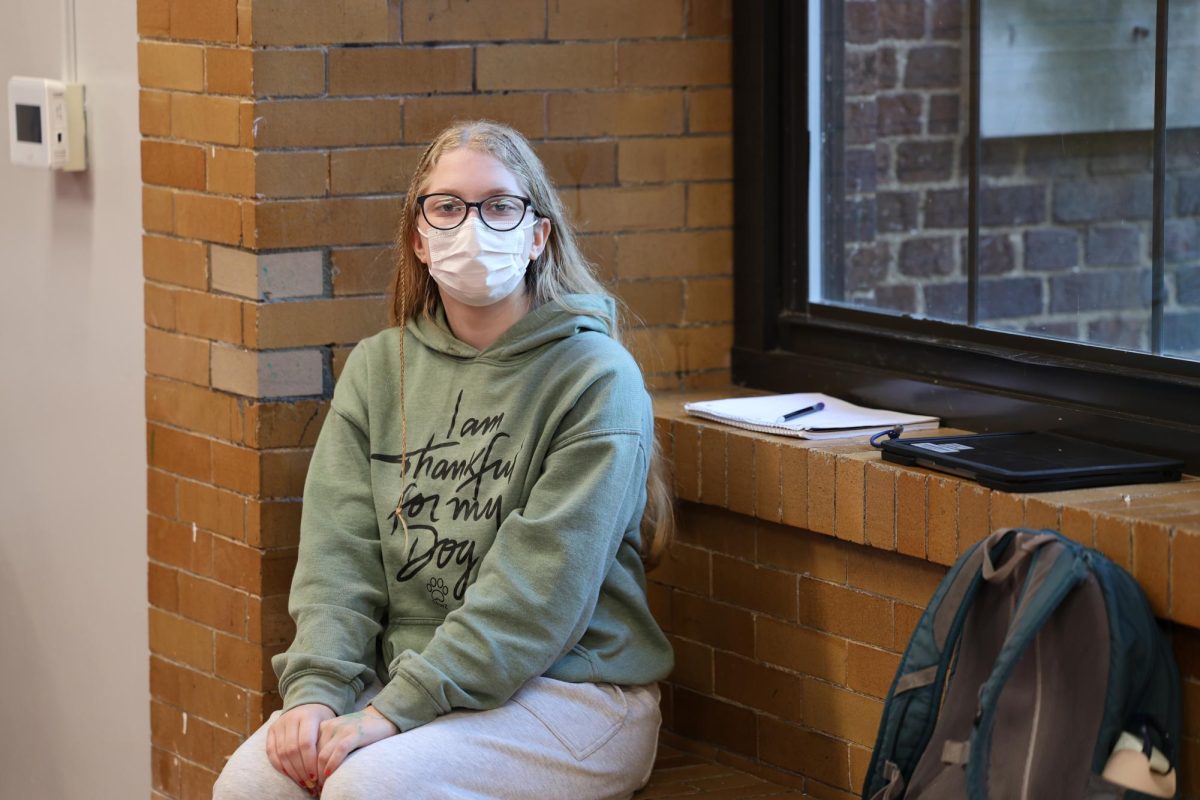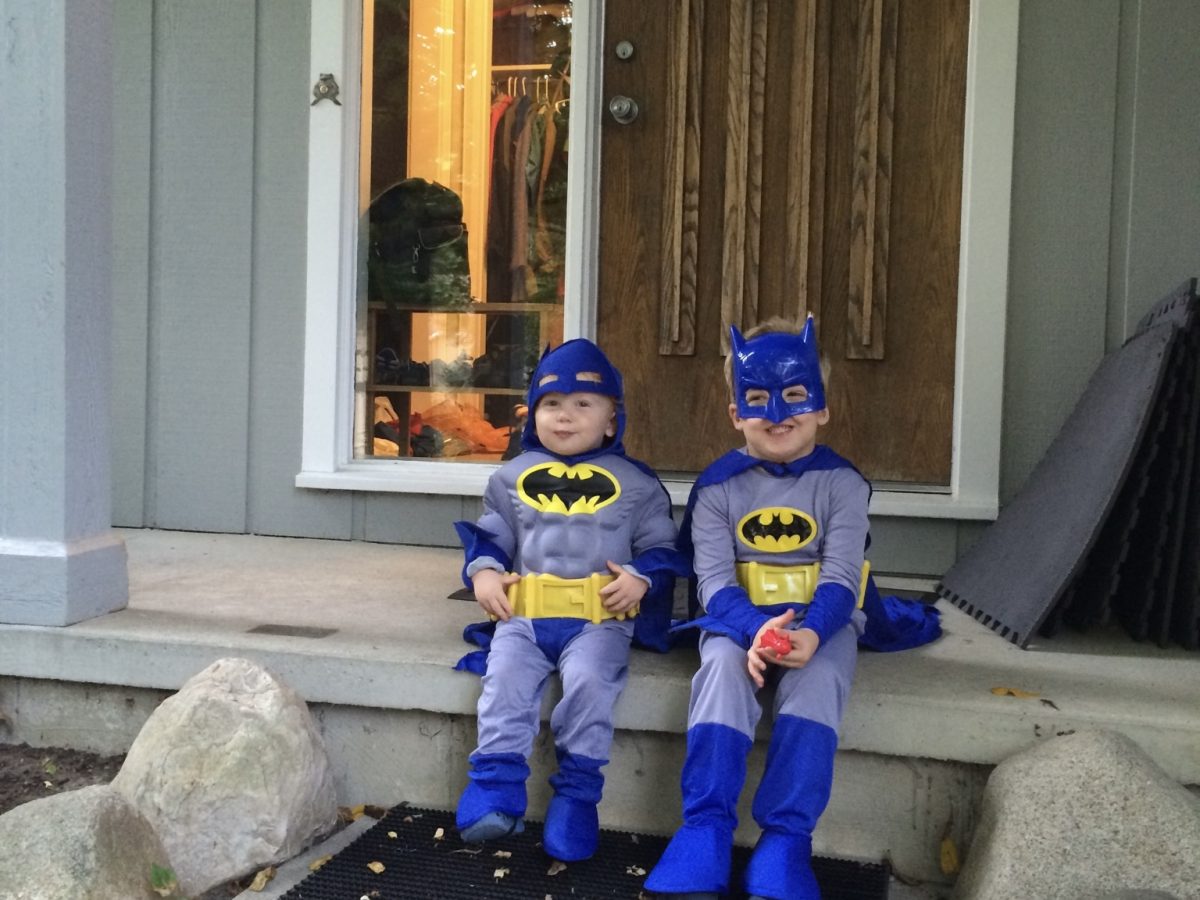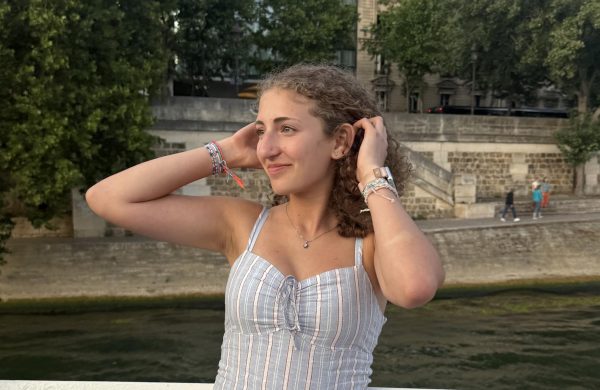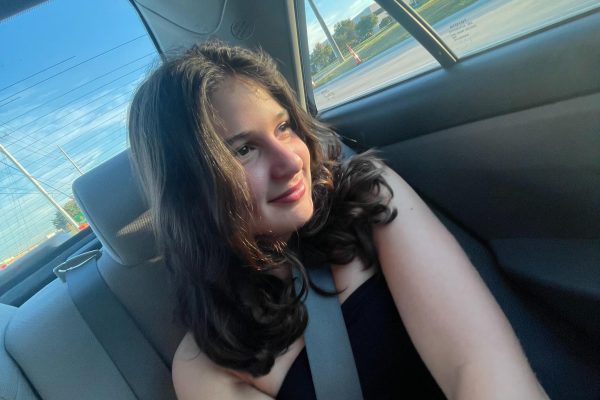Every year, we spring forward from daylight savings time to standard time, sparking big feelings across the globe. Losing an hour means many things to people: to some it means less sleep, and to others it means bright nights, bringing more time to do the things they love. People have always had varying opinions on daylight savings, so let’s take a look at how we got here.
In 1916, daylight savings was first adopted as a wartime measure in Germany and was put into effect in 1918 in the US. This time jump only lasted a year, however, and was repealed after WW1 had ended. During the Second World War, the US government tried once more to institute daylight savings, and for the following two decades, the country was undecided on whether daylight savings was a yay or a nay.
But finally in 1966 the chaos came to an end with the passing of the Uniform Time Act, which finalized the dates of daylight savings. Arizona and Hawaii, however, opted out, choosing to stay on permanent standard time.
But the story doesn’t end there: in 1974, lawmakers made daylight savings time permanent. This meant no time change throughout the year, but the people were outraged. Having bright evenings came at a high cost: dark, cold mornings. In October of the same year, the experiment was called off six months early and we reverted back to this crazy system we have now.
The system we follow today is very controversial. Everyone would like the days to end later, but no one wants to deal with the dark mornings that come with. Because of this intense debate, the system has not changed since 1974, although many people agree that daylight savings is outdated. CU Boulder sleep researcher Kenneth Wright agrees that daylight savings is harmful to people’s sleep schedules and circadian rhythms.
“We should be getting rid of the time change,” Wright said. “But the science suggests we should be sticking with standard time, not daylight saving time.”
At CHS, students are divided on the topic. Some believe that daylight savings is beneficial to helping them fall asleep, and some believe that it just messes up their sleep schedule.
“It was a little bit confusing at first,” sophomore Lola Yribar said. “It was weird to adjust to it, but now I like it because it’s really nice that it stays light so much later into the day.”
A junior, Elijah Makman-Levinson, also likes daylight savings, but only depending on the season.
“I really like it in the fall time because it gives me an extra hour of sleep, but I really dislike it in the springtime because I lose an hour of sleep,” Makman-Levinson said.
Another CHS sophomore, Lila Sarnecki, takes the opposite stance. She recalls a night when it didn’t get dark until 8:30, and she ended up staying up really late.
“I really like it getting dark earlier because I find that I get more tired in the evening,” Sarnecki said. “I know that it’s an unpopular opinion to like the dark better, but I just like it when it’s dark.”
Similarly, freshman Stav Shani prefers standard time to daylight savings.
“I’m more of a nighttime guy, so I don’t really like losing the hour of sleep and then also having it be brighter,” Shani said. “So yeah, I’m not a fan.”
The past of daylight savings has always been contentious; the future, too, is uncertain. The current administration has said that it wants to eliminate daylight savings permanently, but has not yet taken any steps to do so. No matter which side of the debate you fall on, I think we can all agree that we just want a little more light in our lives.
Sources: https://www.colorado.edu/coloradan/2022/11/07/history-daylight-saving-time



